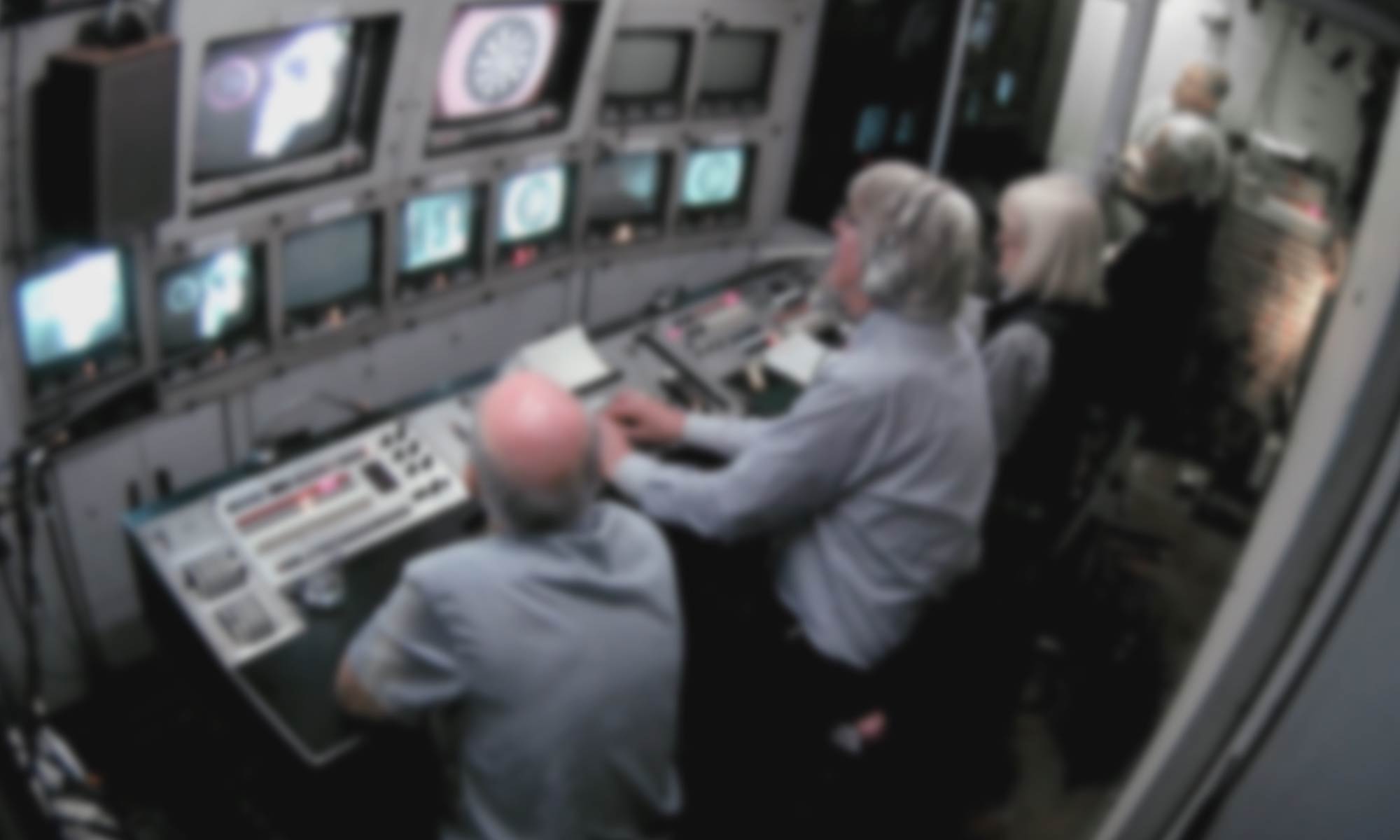Microphones and sound communications
Before the set can be rigged, sound engineers Doug Whittaker, Ken Osbourn and David Howard discuss their approach to placing microphones in order to obtain the best sound possible during the darts contest.
Outside broadcast sound components
Sound engineer Doug Whittaker explains that there will be three components to the sound: a small personal microphone hidden behind the dartboard will capture the “thump” of the darts.
Another effects microphone will pick up audience applause, while the commentator will be supplied with a lip microphone to deliver broadcast commentary and a “lazy talkback mic” which will enable him to communicate with the outside broadcast truck without being heard on air.
The sound set-up is completed by a roving “stick” microphone used by the scorer and for any interviews carried out during the contest.
Different microphones for different purposes
Sound engineers could choose from an array of different microphones, each designed for different purposes. Tiny personal radio microphones could be attached to an individual’s clothing to capture speech, while directional “gun” microphones could be directed towards a specific sound source.
Establishing communications
Outside broadcast sound engineers had two key tasks. They were responsible for placing microphones so as to pick up good quality sound for broadcast to viewers. However, they were also responsible for establishing communications between the set and the outside broadcast truck – and between the truck and the broadcast centre. In the 1960s and 1970s, for BBC outside broadcasts, this meant establishing a link back to BBC Television Centre in West London.
The “Baron Box”
Ken Osbourn demonstrates the use of the “Baron box”, a portable communications device used to aid communication between the outside broadcast television set and the production staff in the truck.
Learn more
| Outside Broadcast Sound: medium version | Outside Broadcast Sound: long version |
|---|---|
Next
Learn about the colour cameras used by television outside broadcast crews during the 1970s.
